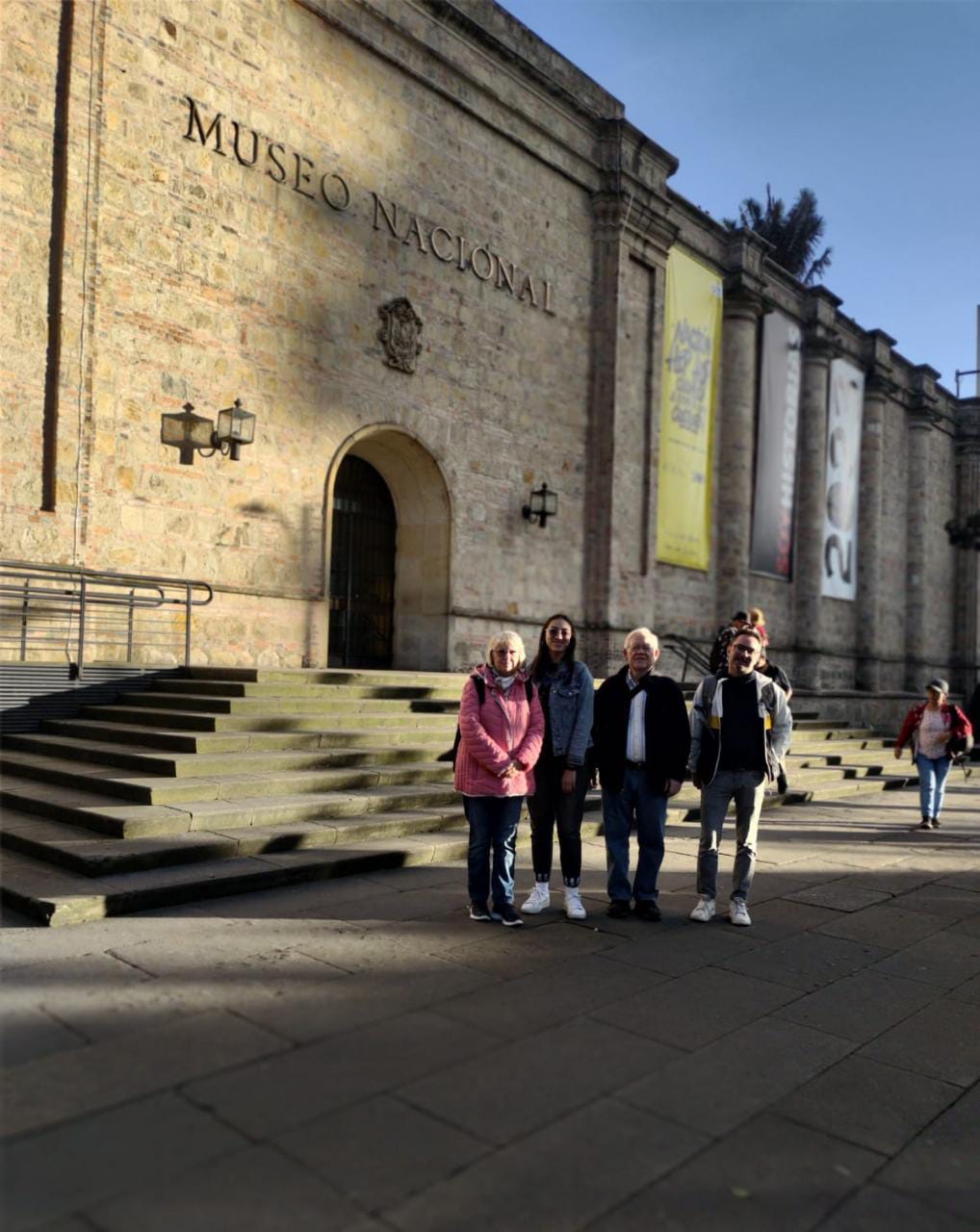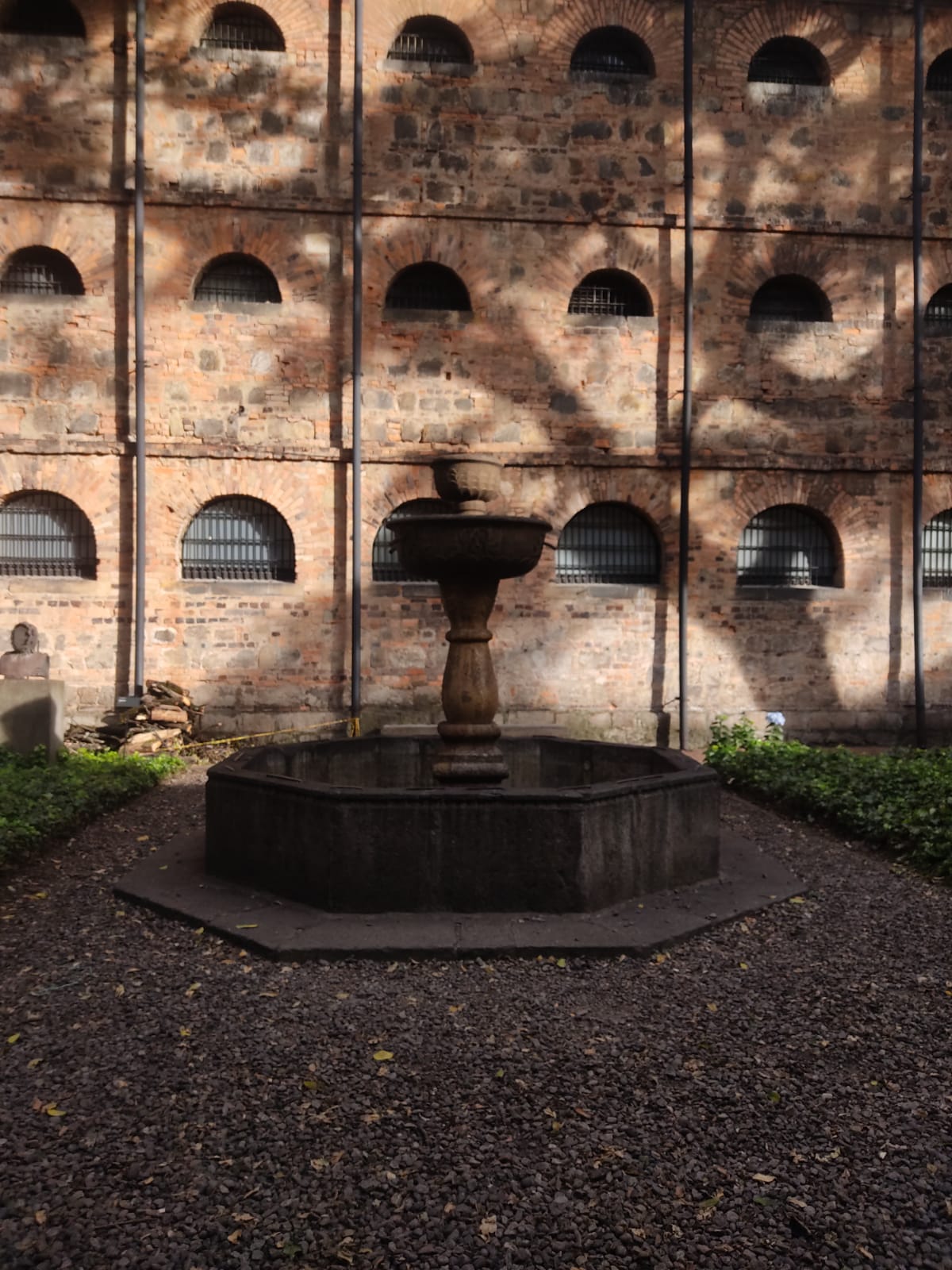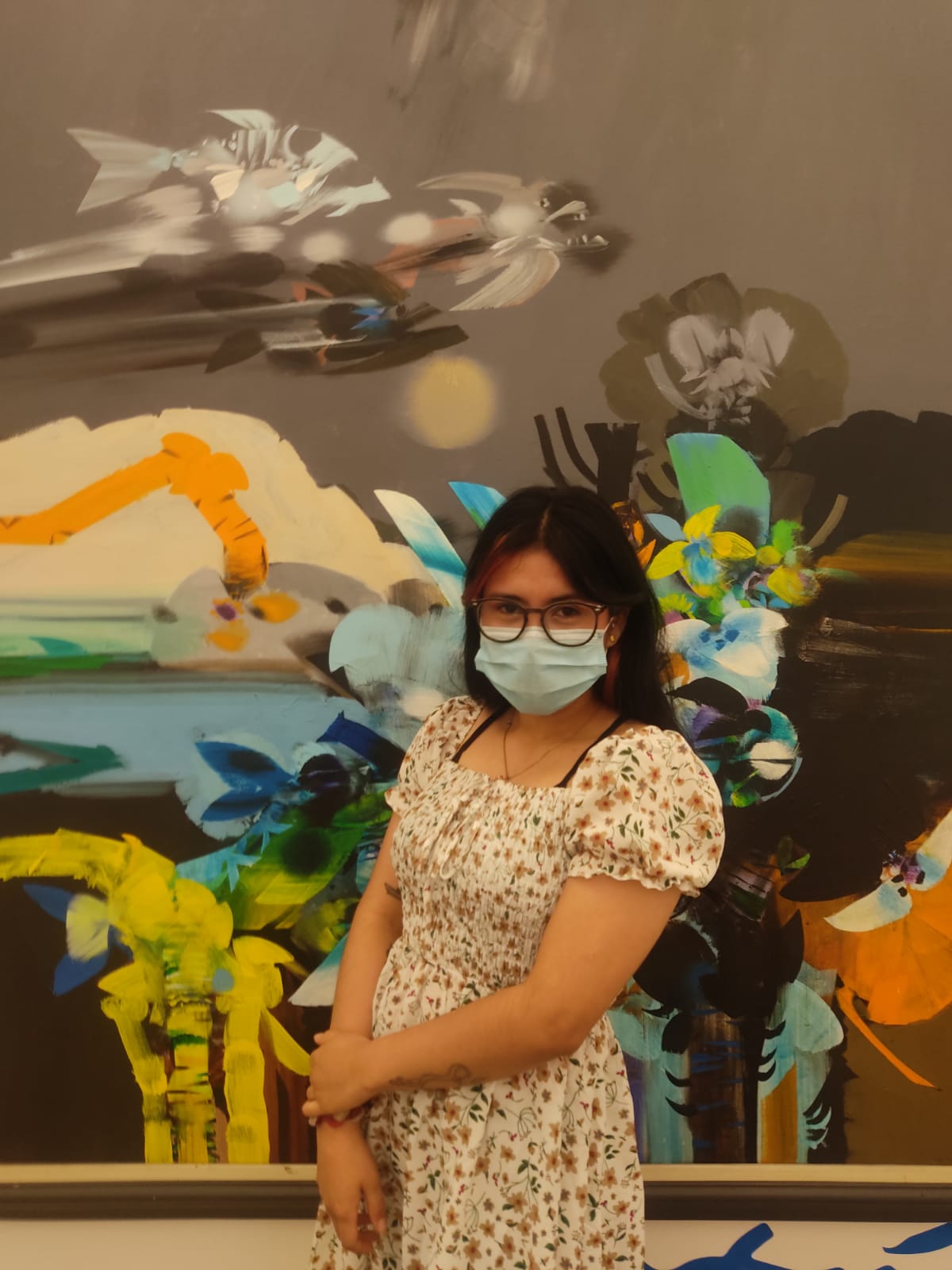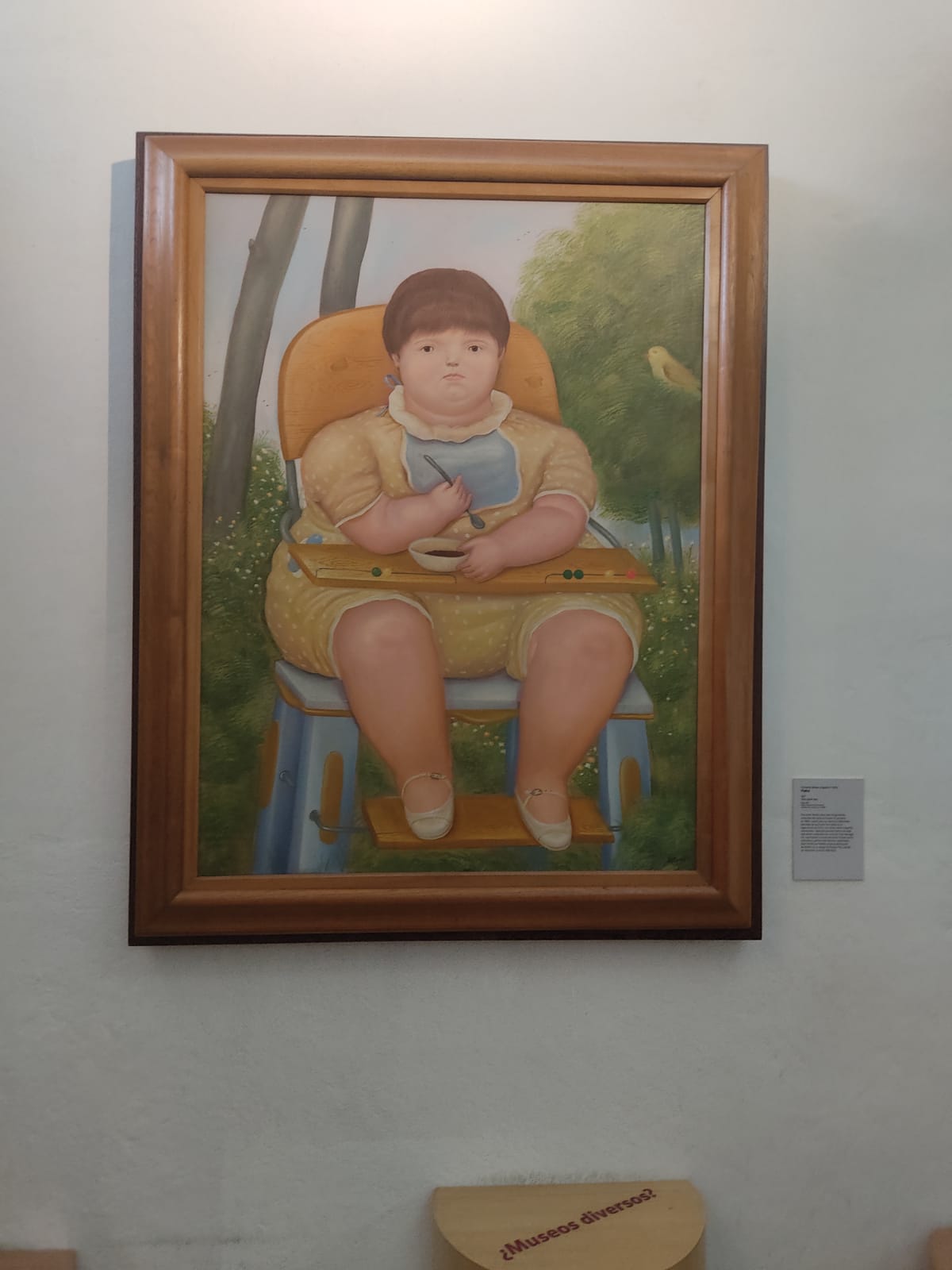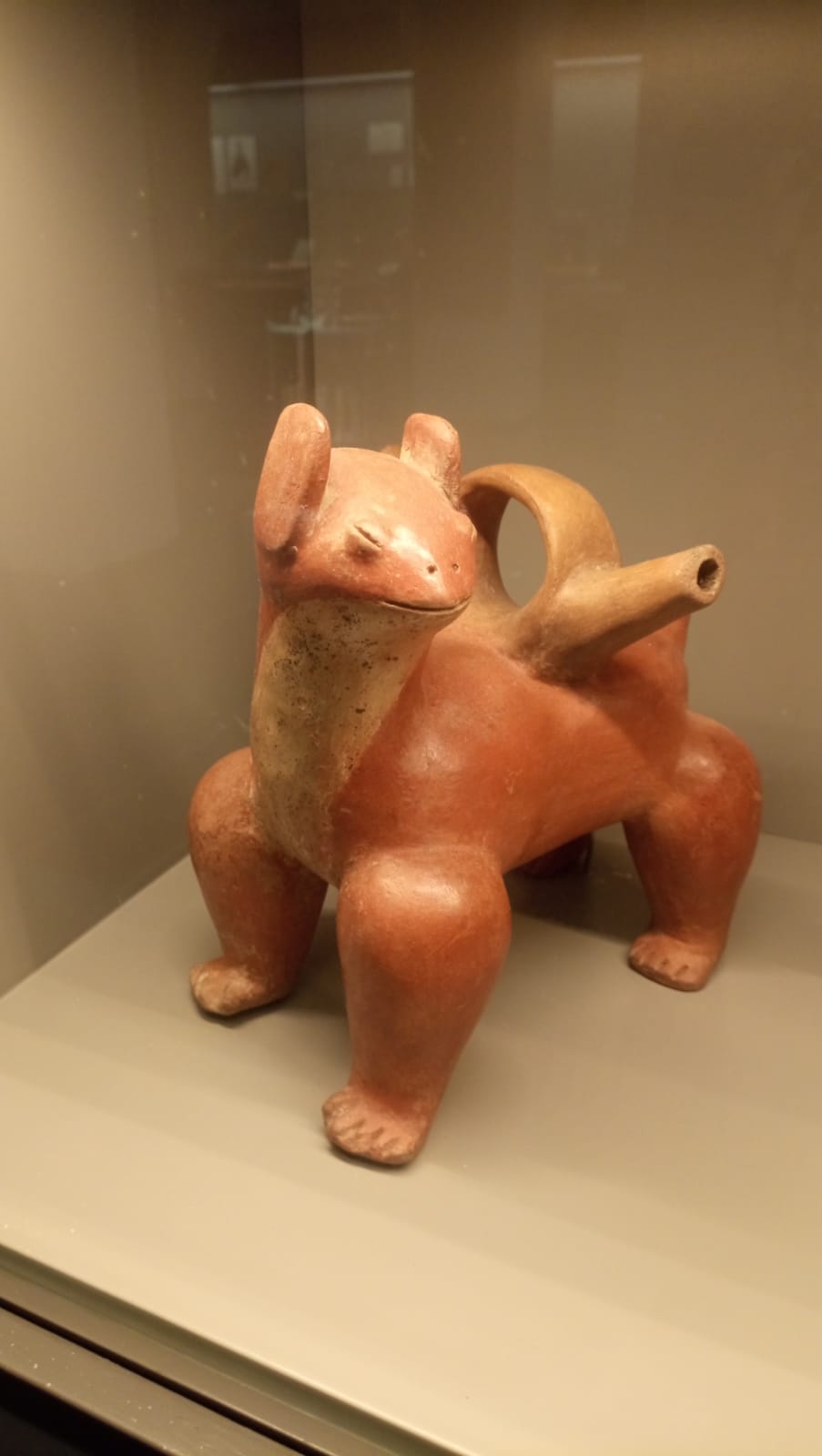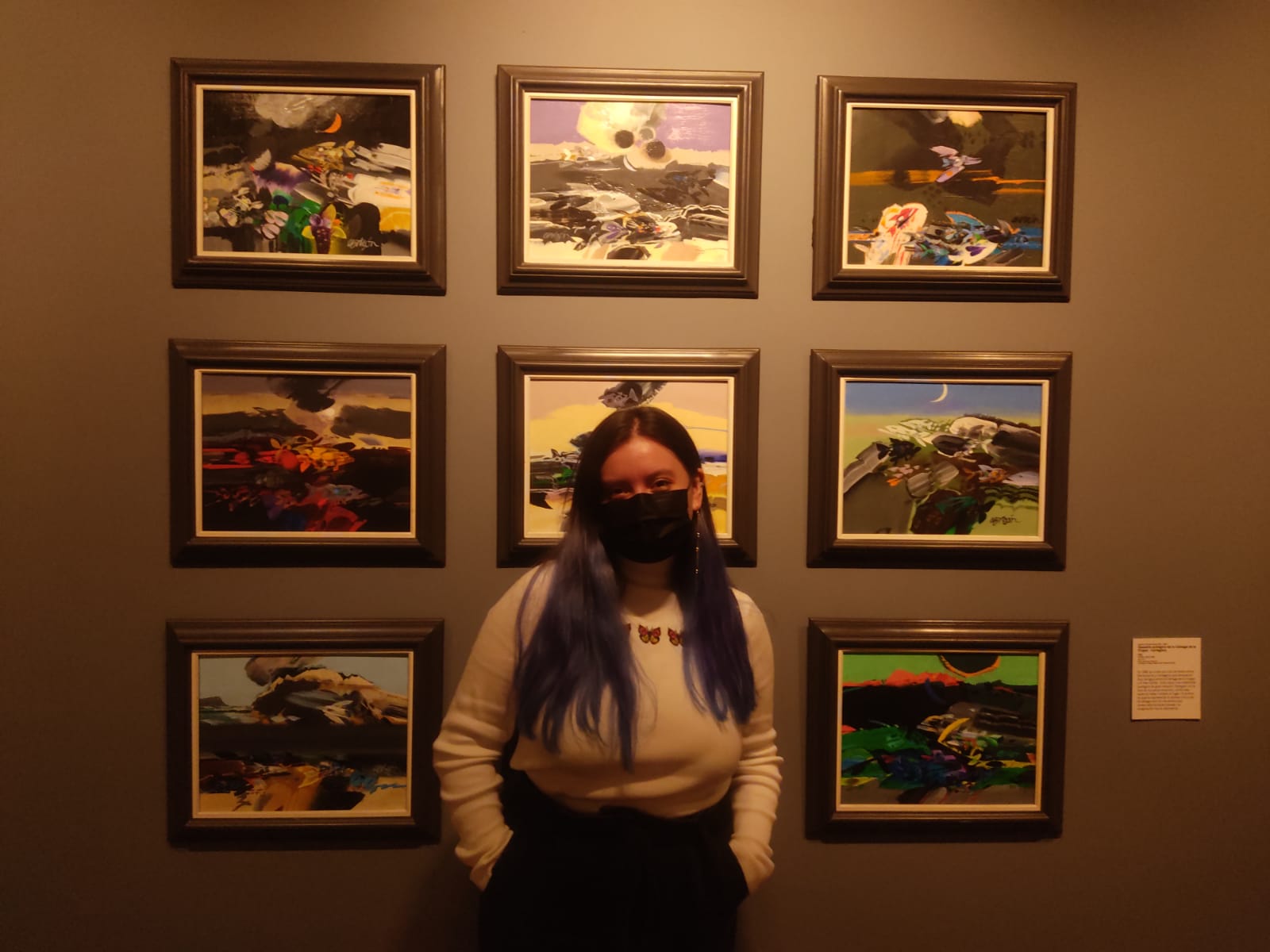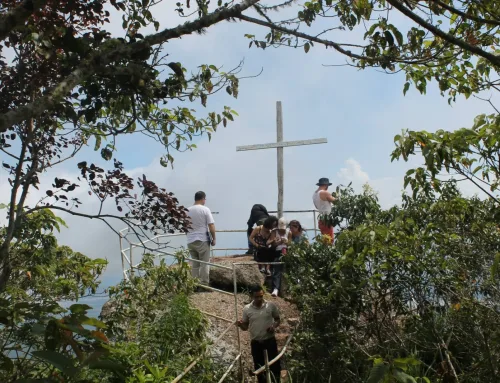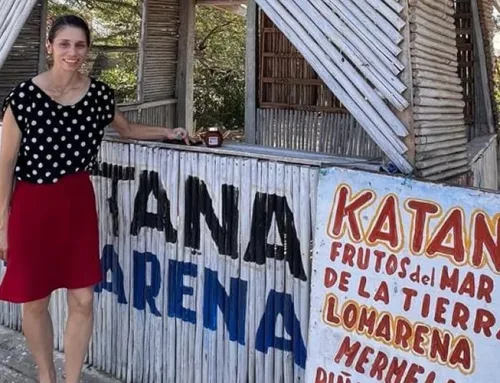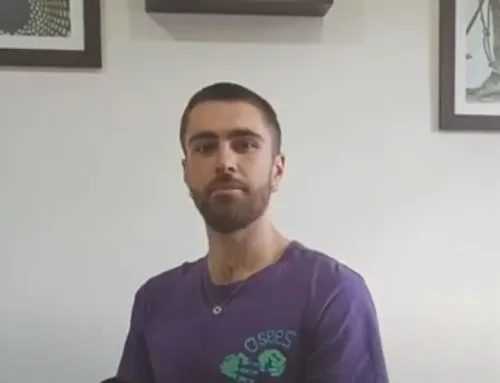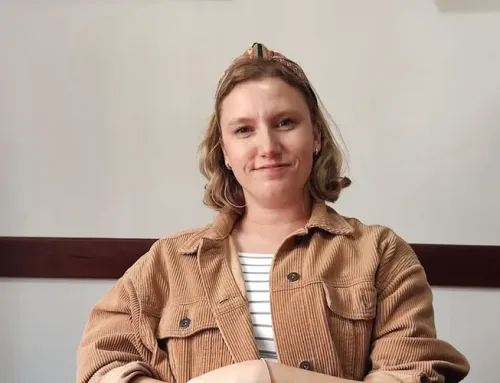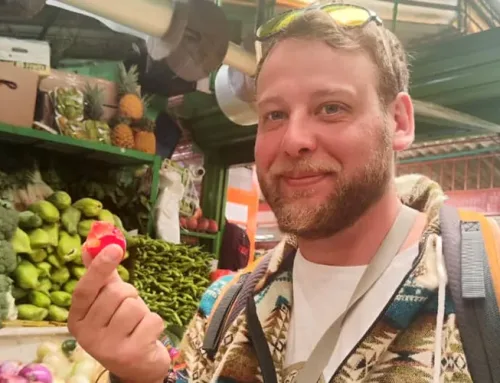In Bogotá, as in many other cities in Colombia, we have many museums that tell the history of our country through artistic displays, highlighting among them the National Museum of Colombia, located in the Bogota capital. Since Nueva LenguaWe invite you to visit our city and this wonderful place with us, we will tell you why:
This museum is located on the seventh street with 28th street, in the International Center of the city, but that has not always been its location. In fact, since 1823 it had been an “itinerant” museum that was transported from one place to another; It was located in the Plaza de Bolívar for a few years and only until 1948 was it permanently located in its current building.
But, what was there before in the current building of the National Museum? A jail! For this reason, when we entered the museum with our students, we noticed that the architecture of the place is curious, with many corridors that look like cells and stairs from which you can see a panorama of the museum. It is a beautiful architecture that tells the story through its walls, which also has a room that tells the story of the old prison, with a huge model and both visual and audiovisual reports of old Bogotá.
When we visited the museum with our students a few days ago, we found a sample of Colombian diversity translated into indigenous pieces of ceramics and goldsmithing and even an aerolith (piece of meteorite) that is housed there and welcomed us on the tour. PK, a Canadian student, who has traveled through Latin America for years while studying Spanish, said he had never seen similar pieces anywhere else, nor had he been able to touch the reliefs and textures of some as allowed in this museum.
In one of the rooms we visited, the plurality of parties in Colombia was presented through images and symbols of them, "you really like to celebrate and dance," Diana said between laughs but also with some reason, starting with our current party December: Christmas celebrations in each house, up to national holidays such as the Black and White Carnival in Pasto, the Barranquilla Carnival or the Cali Fair. Maybe that's why there is the thought that in Colombia we all know how to dance, which is a nice stereotype, but at our parties we do dance, even if we don't know how.
We also visited a room with multiple samples of the historical changes that art relates to, with paintings, sculptures and other artistic forms that told the social history of our country, even small symbols, such as the 'sign' of a bus that facilitated transportation in a city or the Bogotazo newspaper, a crucial historical event. Of course, within this historical context told through art, we find paintings by several very representative Colombian artists, such as Fernando Botero or Alejandro Obregón.
Likewise, we find in the museum a room dedicated to the Colombian plurality, whose maximum expression is the "Wall of Diversity", a huge wall full of portraits of Colombians of all times, social strata and appearances. “I like it because Colombia is a very big and different country, this is a great representation” said Damien, from Switzerland. In fact, in Colombia we have a charming diversity in climatic and natural conditions, with warm, temperate, and cold climates, glacial areas, moors, etc.; In the same way, cultural diversity is a key part of our identity as a country and of Colombian human wealth.
We also took a tour of the Feminism in Colombia room, which allowed us to recognize one of the many social struggles that have been led here, through newspaper clippings, television reports, books, and interviews. “There is a little bit of the entire Colombian society here,” said Shelsy, picking up on a common thought; Of course, it is a national museum and it talks about the country, but the work of bringing together the multiculturalism of the country in so many different ways was our favorite thing. In a space of approximately 25.000 artistic pieces, the identity of more than 50 million people is collected.
Of course, we enjoyed a coffee when leaving the museum in our beloved "Juan Valdéz" and some students bought souvenirs in the museum store before returning to their countries, we had a great closing talking in the museum garden.
For this reason, we invite you to visit our city and this museum, which celebrates the recognition of the difference and diversity of our country, and where you can learn about the national history in fun, interactive and beautiful ways such as art. What are you waiting for to join us?
Written by Professor Kevin José Herrera Nueva Lengua Bogota,
All the articles in this blog have been written by the teachers of our school and by students from different countries who traveled to Colombia to learn Spanish.
“You travel too and study Spanish in NUEVA LENGUA"
Follow us on our social networks:
RELATED VIDEOS
MEDELLÍN - GUADUAS

